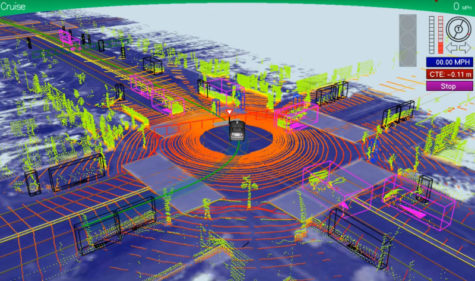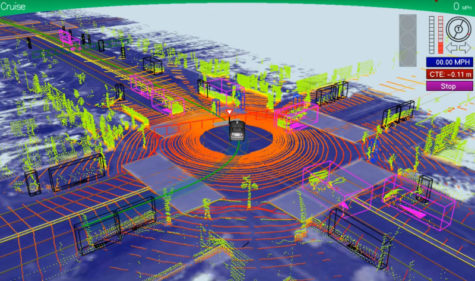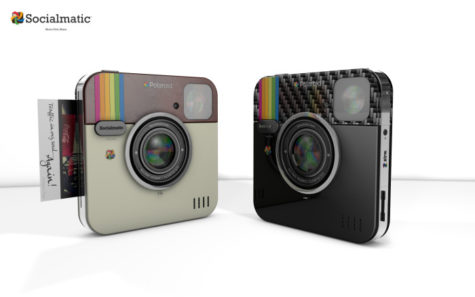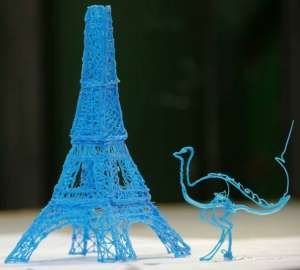Joynt: NASA focuses on 3D printing for self-assembling spaceship
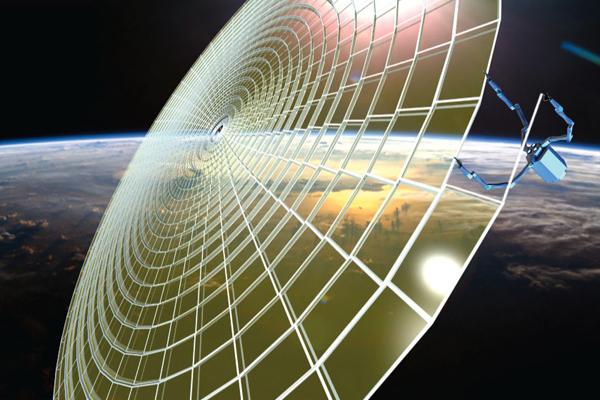
http://www.space.com/17577-nasa-spacecraft-3d-printing.html
September 15, 2012
“SpiderFab,” NASA’s newest project, proposes the use of 3D printer technology on future missions, allowing for the possibility of a spaceship to self-assemble parts in orbit. The project is funded by NASA‘s Innovative Advanced Concepts program with a $100,000 grant.
This new initiative opens the door to potentially lower costs and the ability to launch 3D printers with the materials needed for ship construction in outer space. Current spacecraft are designed to fold and fit all necessary components into a compact area within the craft, while also having to withstand the high energy forces of launch and the ascent into space.
“We’d like someday to be able to have a spacecraft create itself entirely from scratch, but realistically that’s quite a ways out,” said Robert Hoyt, CEO and chief scientist of Tethers Unlimited Inc. “That’s still science fiction.”
“The system could then morph in orbit into a very large system a dozen or hundreds of meters in size,” Hoyt told InnovationNewsDaily. “It would be like launching a CubeSat that creates a 50 meter-length boom.”
The implementation of 3D technology would not only lighten the spacecraft for launch, but would be the first step in the procedure for the creation of space-station parts via instructions from mission control.
Founders of startup “Made in Space” estimate that 3D printers used for printing parts could reduce the mass of the objects by roughly 30 percent.
The process would free up the amount of space used for storage. Instead, 3D printer capabilities could manufacture replacement parts and tools from materials such as asteroids.
Additional research and testing is being done to determine the costs and benefits of the project. NASA hopes to develop the procedure to eventually lead into self-assembling satellites, telescopes and full-fledged space stations.
With the help of “SpiderFab” technology, NASA will seek to advance space exploration and change the way future spacecraft are launched and constructed.






